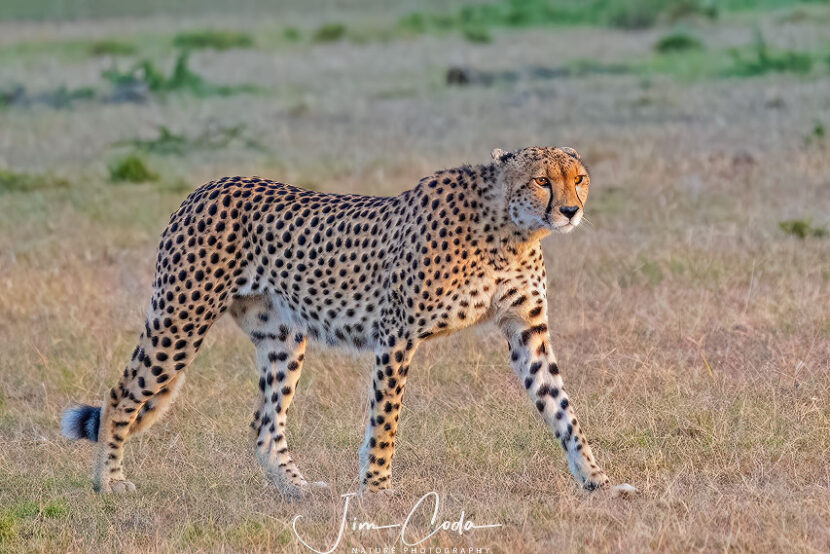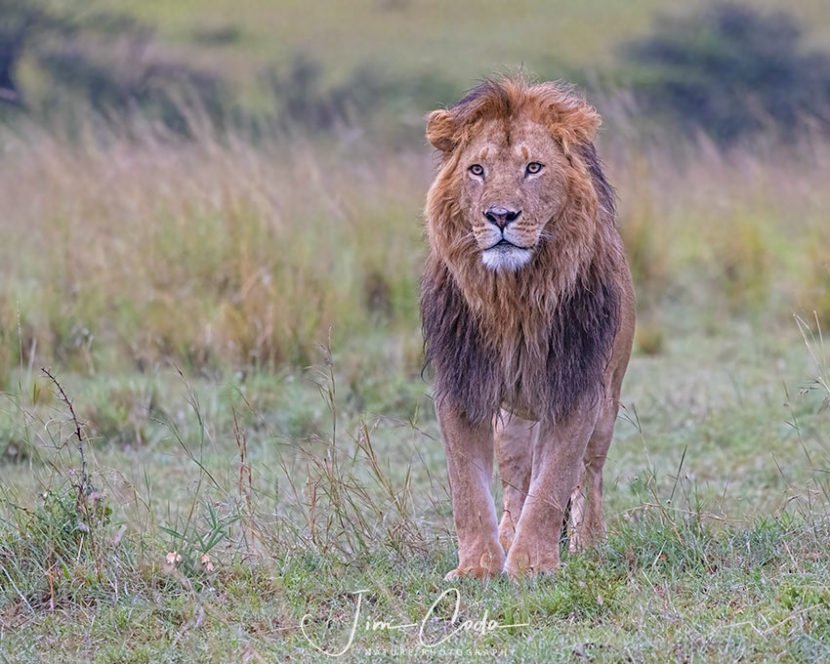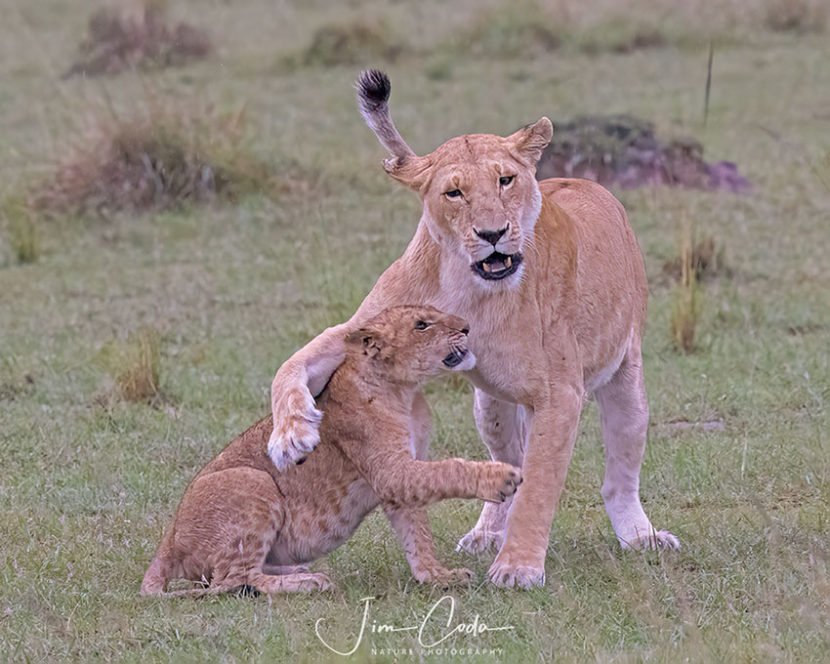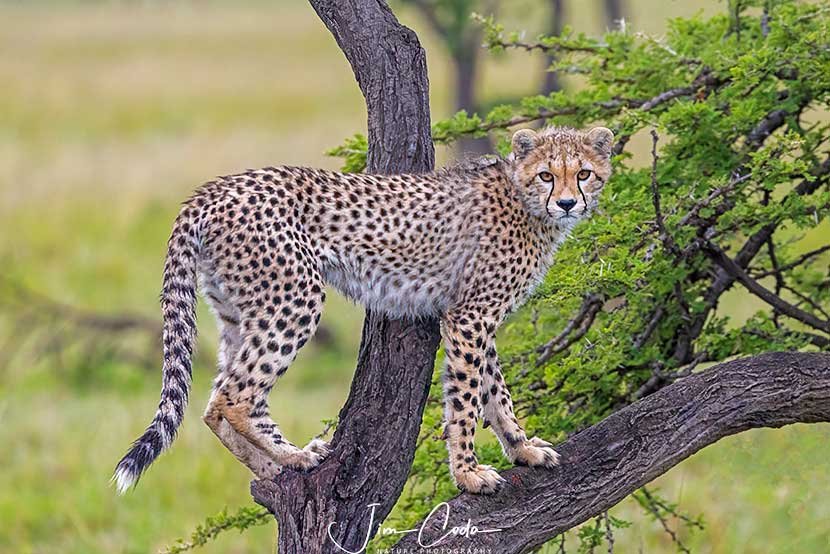Cheetah, Olare Motorogi Conservancy, Kenya

I’ve noticed that in my photos where a cheetah is walking, its ears are often pinned back. I don’t know why that is. Is it because it’s near me? I don’t think so because when I photograph them sitting or lying down their ears aren’t pinned back. FWIW, I googled what that means with our domestic cats and it can mean fear or aggression. I googled cheetah ears and found that cheetah is unique among the cat species in that its large inner ear helps it keep its eyes locked on prey even when sprinting. But they are walking, not running, when I see their ears pinned back. I have one possible theory. Maybe it makes them a little less visible, especially in tall grass. Any ideas?






